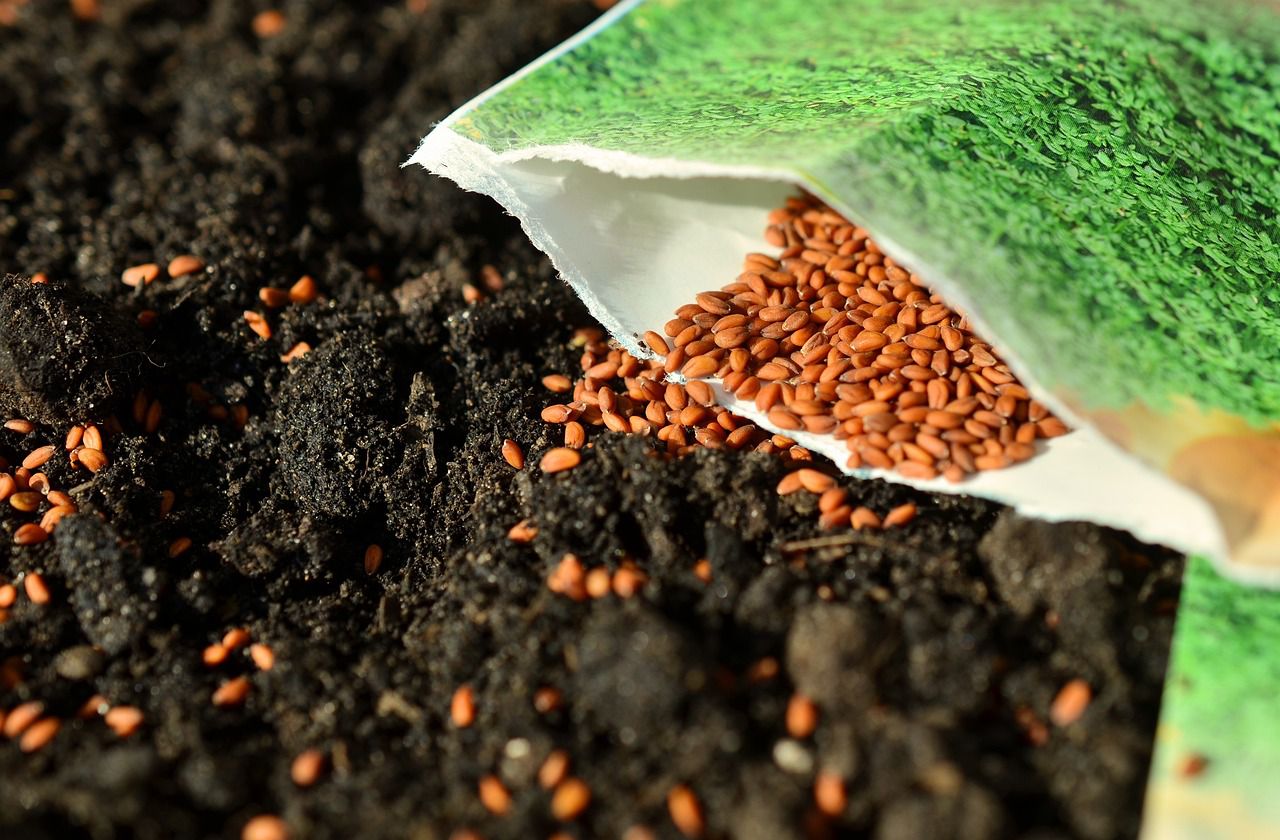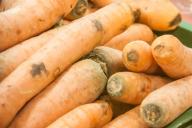In a typical garden, you may find several types of soil, each with its own characteristics and suitability for different types of plants.
To pick the perfect plants, you should know what types of soil you have in different parts of your garden.
The main types of soil commonly found in gardens are these.

Sandy Soil
Sandy soil has larger particles and feels gritty to the touch.
It provides excellent drainage, allowing water to flow through easily.
However, sandy soil tends to dry out quickly and may not retain nutrients well, making it less fertile.
It is suitable for drought-tolerant plants, but may require regular watering and fertilization for other plants.
Clay Soil
Clay soil has very fine particles and feels sticky when wet and hard when dry.
It retains moisture well, but its dense structure can lead to poor drainage and waterlogging, especially during rainy periods.
Amending clay soil with organic matter can improve its structure and drainage.
Loam Soil
Loam soil is considered ideal for gardening because it is a balanced mixture of sand, silt, and clay.
It offers good drainage, retains moisture, and is rich in nutrients. Loam soil is well-suited for a wide variety of plants and supports healthy root growth.
Silt Soil
Silt soil has fine particles that feel smooth and powdery.
Silt soil is fertile and can support a range of plants, but it may require aeration to improve its structure.
Peat Soil
Peat soil is composed of partially decomposed organic matter and is often found in wet or marshy areas.
Peat soil is commonly used in potting mixes, but its extraction can have negative environmental impacts, so alternatives are being sought.












